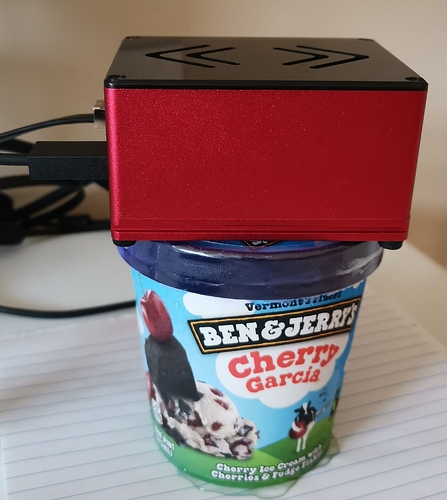I do NOT have eMMC.
I boot from SD using Debian stretch and followed every word according to instruction on SPI Flash on this page: https://wiki.radxa.com/Rockpi4/Linux_system_runs_on_M.2_NVME_SSD
To be exact, on booting of a freshly echered Debian Stretch, I opened a terminal and typed:
$ export DISTRO=stretch-testing
$ echo “deb http://apt.radxa.com/$DISTRO/ stretch main” | sudo tee /etc/apt/sources.list.d/apt-radxa-com.list
$ wget -O - apt.radxa.com/$DISTRO/public.key | sudo apt-key add -
$ sudo apt-get update && sudo apt-get upgrade
$ sudo apt-get install -y rockchip-fstab
$ sudo apt-get install -y rockchip-overlay
$ sudo apt-get install -y rockpi4-dtbo
$ sudo apt-get install -y linux-4.4-latest # Will update kernel
$ sudo apt-get install -y rockpi4b-rk-u-boot-latest
Then I installed nano and:
$ sudo nano /boot/hw_intfc.conf
I make sure the file is saved with the following settings:
intfc:uart4=off
intfc:spi1=on
intfc:dtoverlay=spi1-flash
Then I updated bootloader:
$ cd /usr/local/sbin/
$ ls
I see four .sh files listed
$ ./rockpi4b_update_bootloader.sh
Then I reboot, and open the terminal and type:
$ sudo /usr/local/sbin/rockpi4b_write_spi_flash.sh
Then YES and I saw the machine running, writing over blocks of data for a few minutes.
After it’s done I shutdown the Rock Pi, remove the SD card, and connect the nvme that I have the official Debian Stretch.
Then I power on the Rock PI and I see Debian Strech running not very smoothly.
If I put on the nvme the official Armbian based on Buster downloaded from here: https://www.armbian.com/rock-pi-4/
The Rock Pi does NOT boot
If I put on the nvme the Armbian based on Stretch from Radxa, the rock pi does not boot.
This is all I know. If I’m not booting from SPI then I’m booting directly from nvme with deiban strech on? If I’m booting from SPI then why Armbian on nvme is not booting? What did I do wrong trying to flash SPI?
Does this have anything to do with the .sh says Rockpi4b and my board is rock pi 4A?
Thanks!







